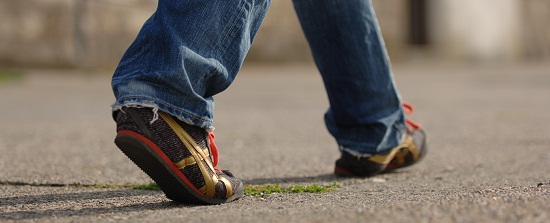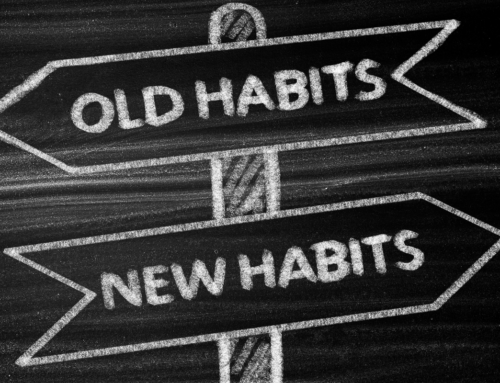The only thing worse than running the end-of-the-school-term gauntlet is doing it with a two-week-long cold and a broken little toe. I had not suffered a cold for three years before I started grad school in September. Since then, I’ve had two (the University of Washington is one big petri dish, I’ll tell ya).
Anyway, the weekend I developed the telltale prelude-to-a-cold sore throat was the same weekend I inadvertently slammed my little toe into a bedpost. That was four weeks ago, and my choice of footwear has been extremely limited ever since (and, by extension, my wardrobe options). Even worse, my exercise routine has been extremely limited. I had to pare down my current rotation of of yoga DVDs to the one that doesn’t involve sun salutations (too many lunges) and let’s just say that my weight lifting routine flew out the window. (First, because my cold was so bad. Second, because I didn’t have the mental bandwith to plan a new, toe-friendly routine.) I did keep walking. Walking in shoes with ample toe room is painful, but not agonizing.
But enough is enough. School is out, and I’m getting twitchy to resume my usual level of physical activity. I would think that anyone who’s found themselves sidelined by illness, injury or other life circumstances knows how frustrating it is to get knocked out of a good fitness groove. To my mind, it’s not the hiatus that’s so bad…it’s how you handle it. Here’s a few things I’ve learned the hard way.
- Don’t rush things. When I broke my ankle, I resumed activity as soon as I was off crutches, but I followed my orthopedic surgeon’s instructions (especially since he was in sports medicine) and really listened to my ankle to make sure I was challenging it, but not overworking it. I was also a model physical therapy patient. Ditto when I was recovering from shoulder tendinitis a few years later (more on this fun episode below).
- Don’t be afraid. This is the flip side of rushing things. If illness or injury are what has slowed you down, it’s easy to fear that you’ll make things worse by exercising. If you’re listening to your doctor, and to yourself, you can exercise safely. Exercise is so good for your health, that resuming as soon as it’s OK is absolutely in your best interest.
- Don’t expect to be 100 percent. This is especially true if you’re rebounding from injury or have taken an especially long hiatus, but sometimes even taking a few weeks off results in increased post-exercise muscle soreness when you get back in the saddle (especially if it’s weight training we’re talking about). Be willing to lift a little lighter, at first, or to not be quite as flexible in those yoga poses. Again…listen to your body!
Speaking of listening to your body…that goes for preventing injury, as well. One of the stupidest things I ever did happened a few years ago, when I ignored months of minor pain and slightly restricted range of motion in my right shoulder. Finally, everything hit the fan one weekend and I found myself in the emergency room on a Sunday night begging for a bullet to bite on and an explanation as to why I could only raise my arm four inches above vertical. My stupidity resulted in weeks of rest followed by weeks of physical therapy. It was a long time before I could do upper body weightlifting again, and that made me sad and a little anxious. I still have to pay close attention to that shoulder when I lift, or do certain yoga poses.
So, the number one rule in all things: Don’t be stupid!







